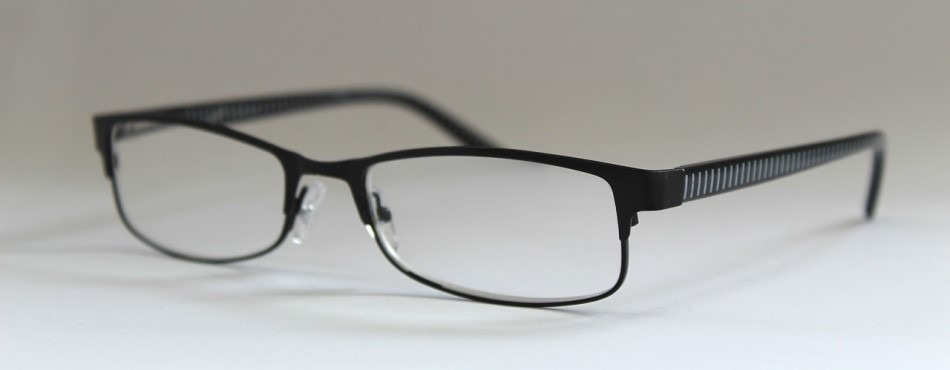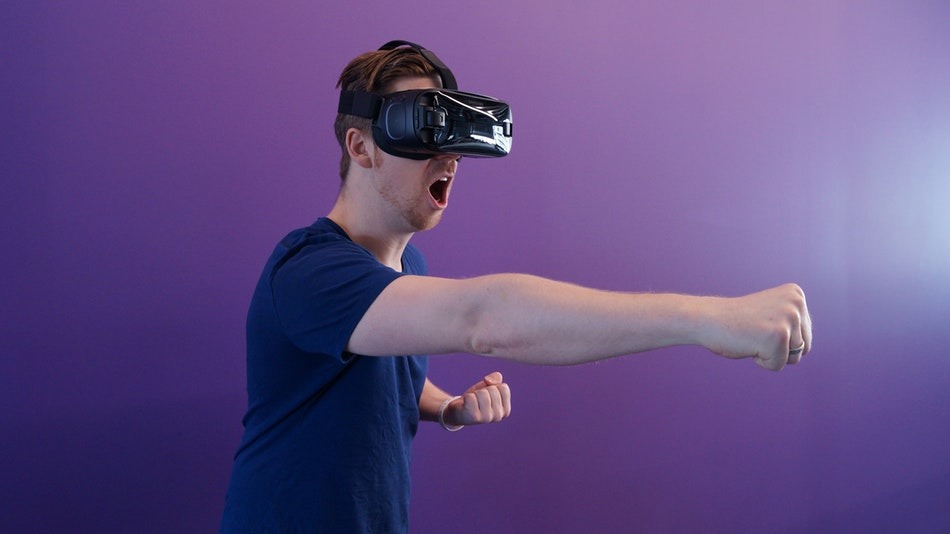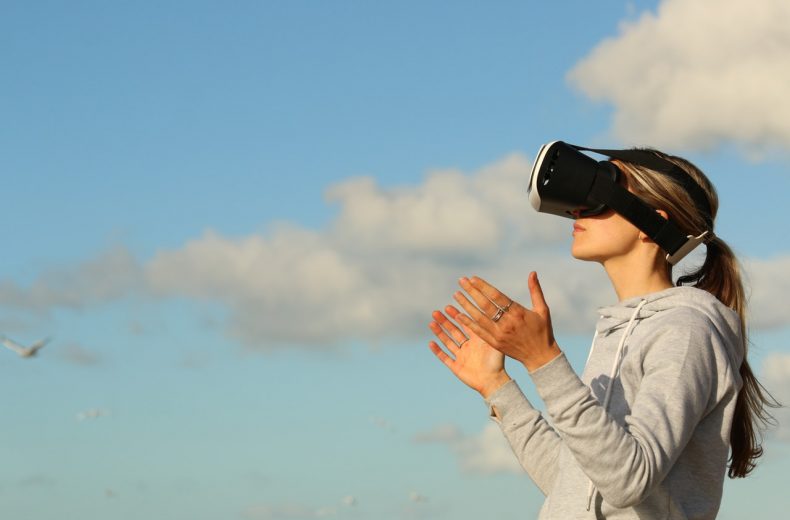Virtual Reality (VR) has become an actual reality to many game caves around the world. These cool and futuristic pieces of technology allow users to experience incredible worlds in striking detail within a 3D world you can almost touch. All in the safety of your own home, office, or game room. While the cost of the headsets and other VR equipment has slowly been decreasing, and the quality has been rising, there is one big question left on everyone’s mind.
Is VR bad for eyes? Extended exposure to VR can be bad for your eyes, but no more so than extended use of any other type of electronic screens. Children should limit their time in VR due to their still-developing eyes, and some users may experience motion sickness or vertigo, but moderate VR use isn’t inherently bad for your eyes.
There will always be someone somewhere shouting about how bad VR is for you. But there are also people who think drinking milk is bad for you, driving is bad, and going outside is bad. With all the hype and the shouting, it’s sometimes hard to find the truth. But that’s why Your Game Cave is here. We’ve done the research for you, so you can get back to playing.
Table of Contents
What Is Virtual Reality?
Virtual reality used to be the stuff of science fiction movies and dreams, but it’s become a staple in many game rooms, bars, and arcades all over the world. When you hear the term VR, you may conjure images of weird devices strapped to your face, wires coming from all parts of your body, and being locked in a giant, spinning cage. While there are certainly some truths to that image, the reality is a bit less 1980’s sci-fi spectacular.
In reality, a VR system can be as simple as a headset that goes over your eyes. It can also be as elaborate as that same headset combined with a harness system for your body, a treadmill under your feet, and gloves or controllers that help you interact with the VR world. It’s all about what you can afford and what you want your VR experience to be like.
On the less technical side of things, VR is all about tricking your brain and your body into believing you really are flying through space, fighting a horde of zombies, or exploring strange new worlds. VR experiences and games do this by transmitting slightly different images to each eye via the VR headset—it’s called a stereoscopic effect. It works in much the same way as your actual eyes work out in the real world.
Can VR Hurt Your Eyes?
VR headsets are designed with small screens inside set to project an image into each eye. The screens themselves (and the headset as a whole) aren’t necessarily bad for your eyes. However, viewing anything that close for an extended period can cause some problems.
Eyestrain
Eyestrain is the biggest problem VR users should be aware of. Eyestrain happens when you look at any object too long, too hard, or too often. It can also be caused by bad lighting, strobing effects, or even personal physical issues that have nothing to do with what you’re actually doing. Because of the wide range of triggers for eyestrain, it’s hard to point the finger at VR as the main cause.
To illustrate this, simply look at your phone for an hour or so, then look away. Your eyes will feel heavy, full, and might even be dry or feeling like they’re stinging. This is eyestrain. You can get the same effect from staring at a book, staring out your front window, or just looking at your spouse across the room in bright lights. All of these things can cause eyestrain, but so can using a VR headset.
The key to combatting eyestrain is t take frequent breaks from all activities (not just VR), rest your eyes, and staying hydrated, believe it or not. Dehydration is one of the most ignored causes of eyestrain! It makes sense, considering if you’re playing in a VR world, you might forget to drink some water in the real one.
VR and Kids’ Eyes

Experts agree that VR isn’t a good choice for children, especially young ones. Their eyes and brains are still developing. Exposing them to frequent, extended trips inside a virtual reality headset can affect the development of their eyes. It can cause children to have difficulty focusing or maintaining focus, tracking, and even disrupt their depth perception.
This doesn’t mean kids can’t ever go into VR. Talk with your kids’ doctor to find out how much time they can safely spend in the VR world.
Can You Use VR With Glasses?

One of the most annoying parts of early VR headset designs was their tight fit that precluded anyone with glasses from joining the fun. Obviously, if you wear glasses, you already have some eye issues. Taking your glasses off to use VR is likely to cause many more issues for you than someone with average visual acuity.
Thankfully, VR manufacturers have designed new and more comfortable VR headsets with glasses in mind. With roomier visors, not only can you fit your glasses inside, but the screens are also a bit farther from players’ eyes, too. That reduces some of the concern about close viewing. See? Innovation is great for everyone!
It’s important to note that not all VR headsets will be friendly to glasses wearers. Virtual reality technology is swiftly changing, so you’ll need to do some research on which headsets are performing best for your particular situation. This week it may be one set while next week it could be another. If you wear glasses and want to play in a virtual world, keep you eyes on the reviews!
Can VR Cause Other Health Issues or Injuries?
Again, it’s hard to point the finger of blame at virtual reality, but there is no doubt that it can trigger some issues for some users. While it’s not going to hurt everyone’s eyes or make everyone motion sick, some of the following health problems can crop up for some users, so it’s worth noting.

If You Are interested, Read Our Article About
The Best VR Headset for PC Racing Games – PC Only!
Vertigo, Cybersickness, and Motion Sickness
Some users can experience episodes of dizziness where the room seems to be spinning around them or they lose their balance and feel a bit queasy. This is being called cybersickness in some medical circles, but in reality, it’s just motion sickness. Some motion sickness can trigger more serious vertigo, but that’s fairly rare.
Cybersickness comes on when your brain and your body don’t match up. By that, we mean to say that your eyes and brain are telling you that you’re standing on top of a skyscraper, but your body is telling your brain you’re still standing on your rug in your house. In that split second of mismatch, you can feel unbalanced, dizzy, and nauseous as your brain tries to reconcile all the information it’s getting.
The best way to combat or prevent this kind of physical discomfort is to simply take breaks. An hourly break is often enough for most people, but you may need to set a timer for every 30 minutes or so.
Falls
Unsurprisingly, using a VR headset can set you up for falling injuries. It makes sense. You’re hiding your eyes behind a mask and moving around your house, basically blindfolded. While there are ways to prevent tripping and falling accidents while in VR, you should be aware that accidents can still happen.
Whether you trip, lose your footing, or simply get dizzy, you can fall while in VR and injure yourself. This is why it’s imperative that you take every possible precaution, including clearing the room of all obstacles, creating a physical barrier (such as an area rug) that you can feel underfoot, and using the built-in safety features in the VR equipment. Most come with a “safe zone” you can customize that will show a boundary in the VR world to keep you from going out of bounds in the real world, too.
One of the best ways to avoid injury, however, is to only use your VR system when there is someone else in the room. Having a chaperone during VR keeps you and your game cave safe and in one piece!
Headaches, Muscle Fatigue, and Other Physical Issues
While VR is a great activity for those tech-loving gamers amongst us, this activity can cause a handful of real physical pains. Sometimes you can get a headache from carrying the VR headset around on your face. Many new VR players also suffer from muscle fatigue and aches, but these are actually from all the physical activity of swinging your arms around and bobbing around the room, and not necessarily from VR itself. Basically, you may get sore from exercising while you play awesome VR games. Is that really a bad thing?
The Benefits of Virtual Reality
We’ve covered a lot of the problems VR can cause—or at least what gets blamed on VR—but there is plenty of good that can come from jumping into Virtual Reality, too. And we don’t just mean the fact you’ll be having a great time.
Workouts Without a Gym

Many game companies are coming out with VR workout experiences to help players get the full benefit of this killer new tech. You can do anything from dancing to boxing to literally crawling through a VR dungeon. Being able to do any kind of physical activity is good, but being able to do it while playing a VR game is even better. Instead of heading to the gym, strap on your headset and get some kickboxing done or learn the latest dance moves.
Games like Beat Saber combine physical activity with a love of music and challenging moves. If you like a little gunplay in your VR workout, try Super Hot and get ready to duck, dodge, and fire. Speaking of dodging, did you hate dodgeball in school, or did you love it? Either way, you can relive the dodgeball experience with Sparc in VR for upper and lower body workouts. And, of course, for our fantasy fans, you can’t go wrong with some realistic swordplay and shield work in games like Sword Master VR and VR Dungeon Knight.
Disabilities Can’t Stop Explorers
Perhaps one of the most revolutionary and awesome aspects of VR is the fact that people with disabilities are no longer left out of the fun of exploration. With VR experiences such as skiing, climbing mountains, and swimming in the ocean, the world is no longer a place of frustration or exclusivity. Players can visit places all over the world, interacting and exploring, all without the hassle of travel or the worry of physical limitations preventing them from fully engaging.
There are even VR experiences that can help people recover from strokes or other illnesses by giving patients access to physical therapy at home and in a fun way.
Improve Visual Acuity
With all the talk about how bad VR is for your eyes, it might shock people to learn it can actually be quite good for your vision instead. In fact, optometrists are discovering that VR can be used to help treat amblyopia and increase visual acuity. It also helps with hand-eye coordination!
Treating Mental Health
Playing games is fun, which is great for your mental health. But there is so much more to VR than just fun and games. Recently, psychologists have been trying a new approach to mental health by using VR.
For people with agoraphobia, for example, exposure therapy can be terrifying, but it’s the only way to treat this debilitating mental health condition. With VR, patients are slowly exposed to the thing they fear, but in a safe virtual world. It’s less stressful and can be adjusted and controlled, taking away a lot of the uncertainty that has frightened the patient in the first place.
It can be used for depression, anxiety, PTSD and a long list of other conditions.
Managing Pain
For the chronically ill, pain is often the hardest thing to ignore. It’s a constant, horrible presence in their lives, coloring everything they do. When chronically ill people are put into VR, they often report reduced pain and sometimes no pain at all, which is simply amazing. This drug-free approach to pain management helps patients regain some freedom and brings them glimpses of a life without the burden of their illness.
Conclusion
The future has arrived, and it’s riding on the back of virtual reality. Whether you’re interested in VR for the fun factor, or you’re looking for some kind of escape or therapeutic use, you shouldn’t be worried that VR will hurt your eyes or any other part of your body. If you take the right precautions and remember to take breaks, you’ll be ready to fly, explore, swim, climb, battle, or just chill in any VR experience you wish.
Last modified:













Many people have complained about nausea who play VR